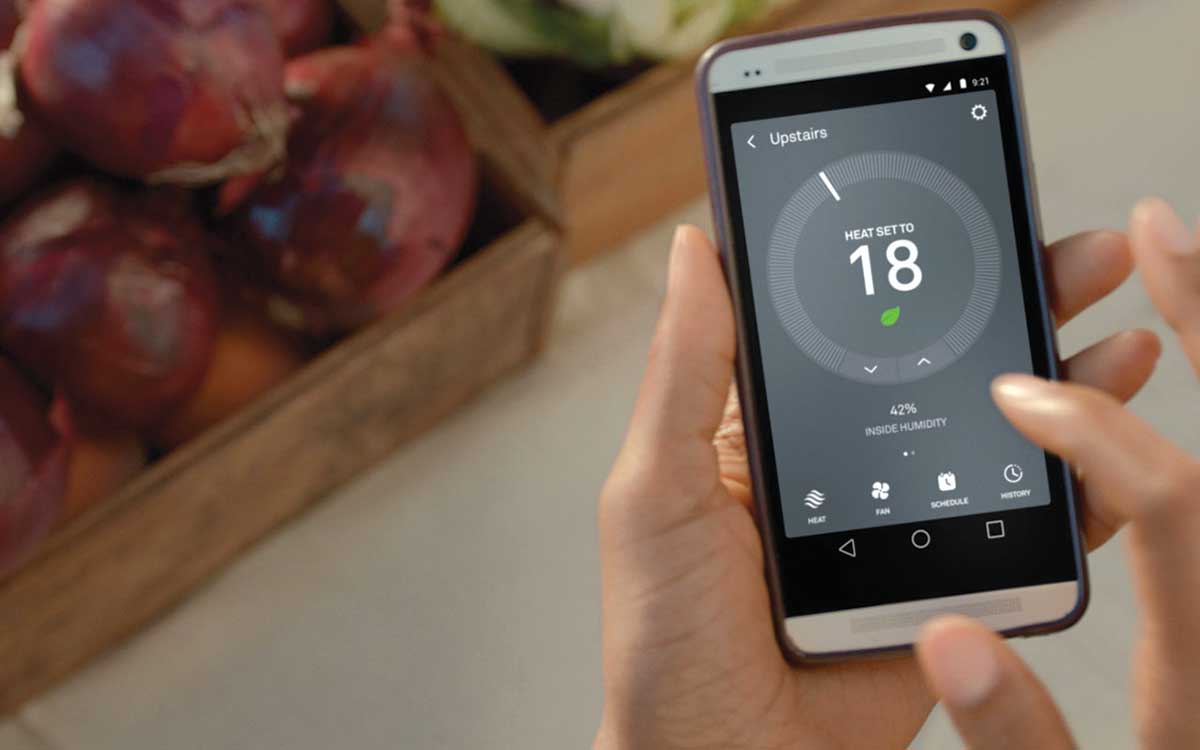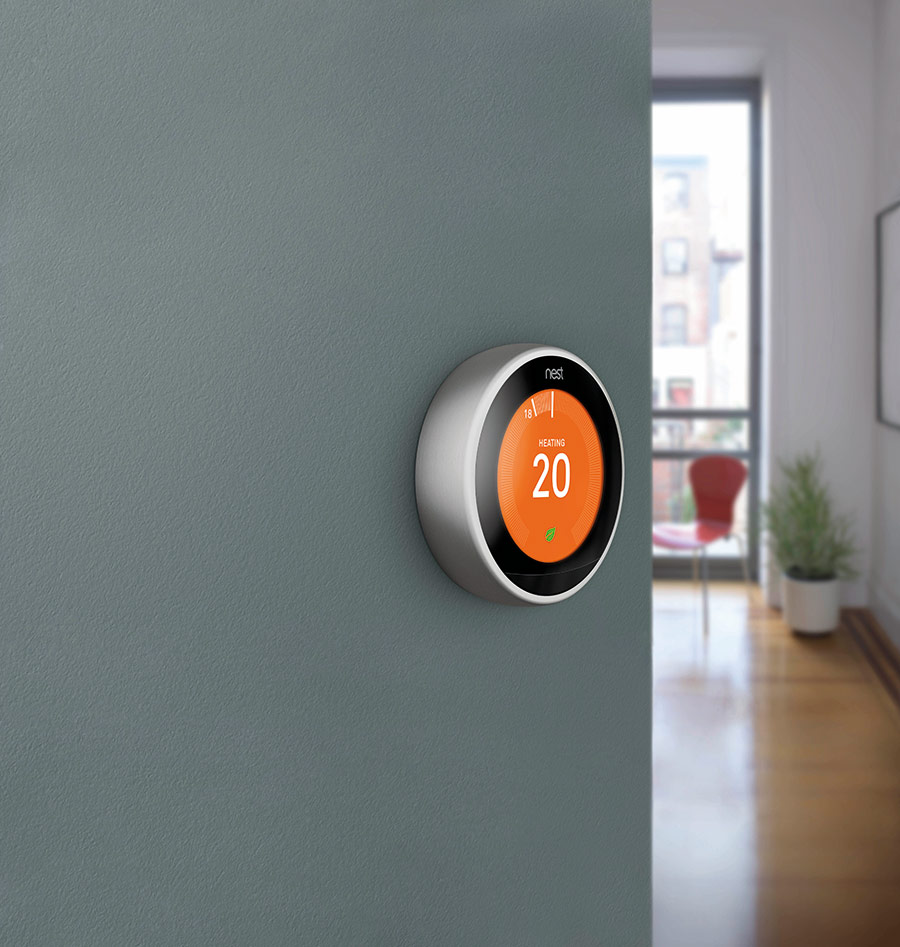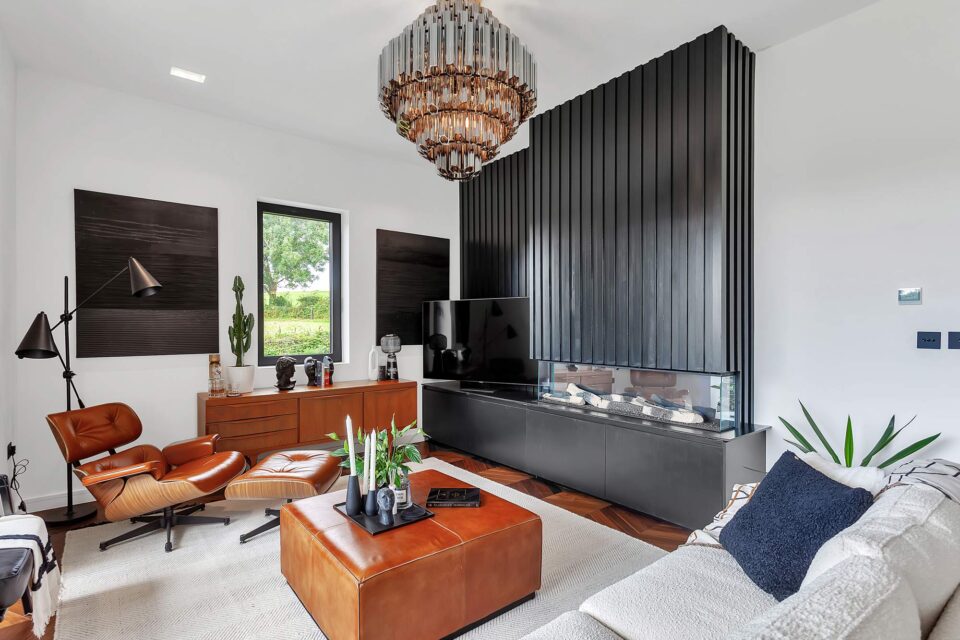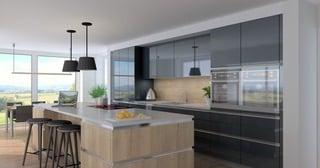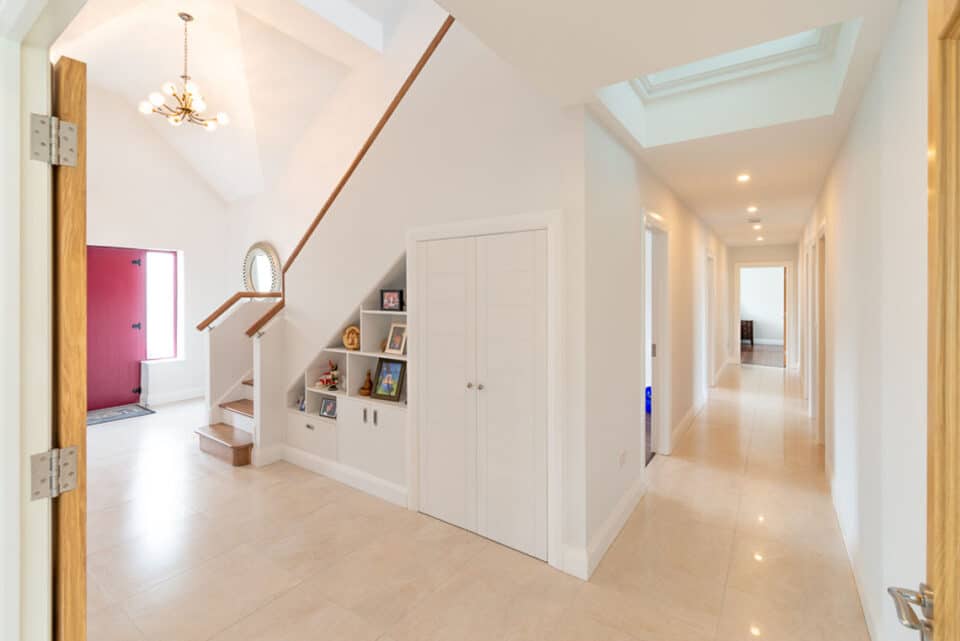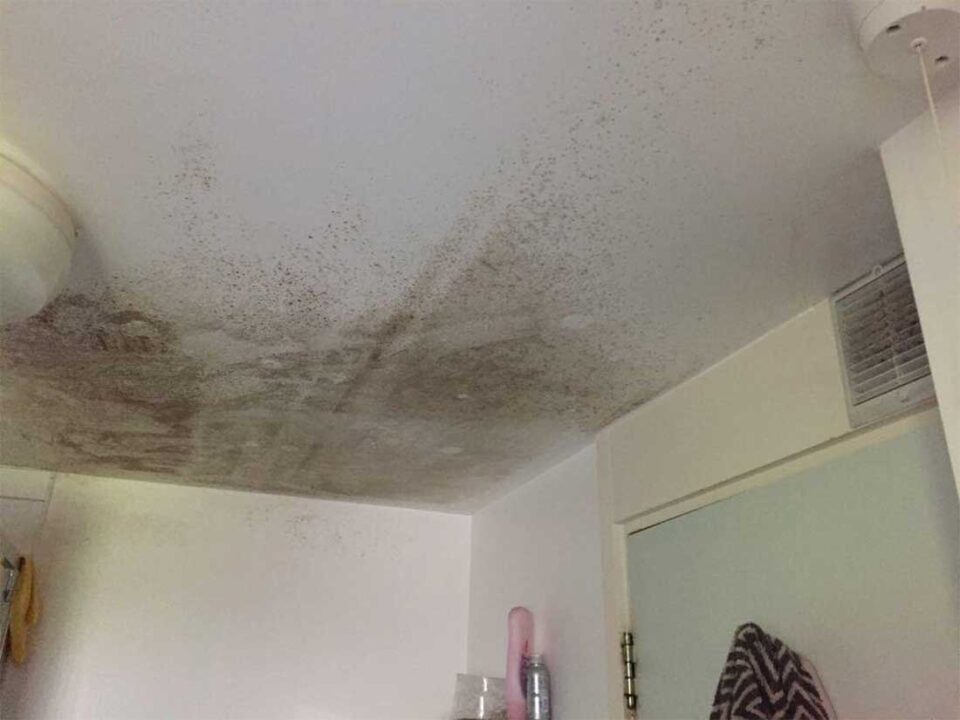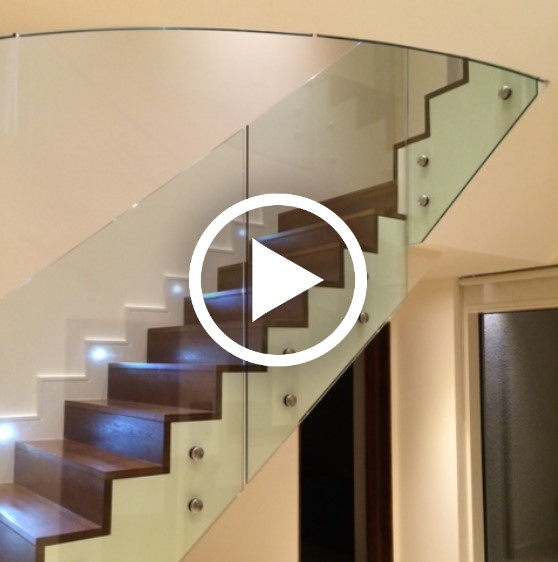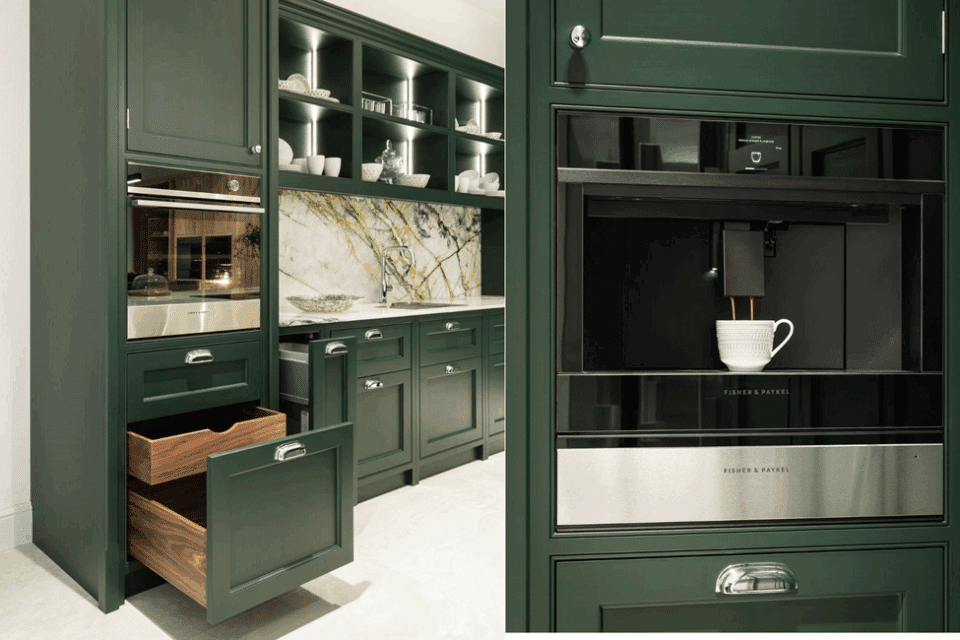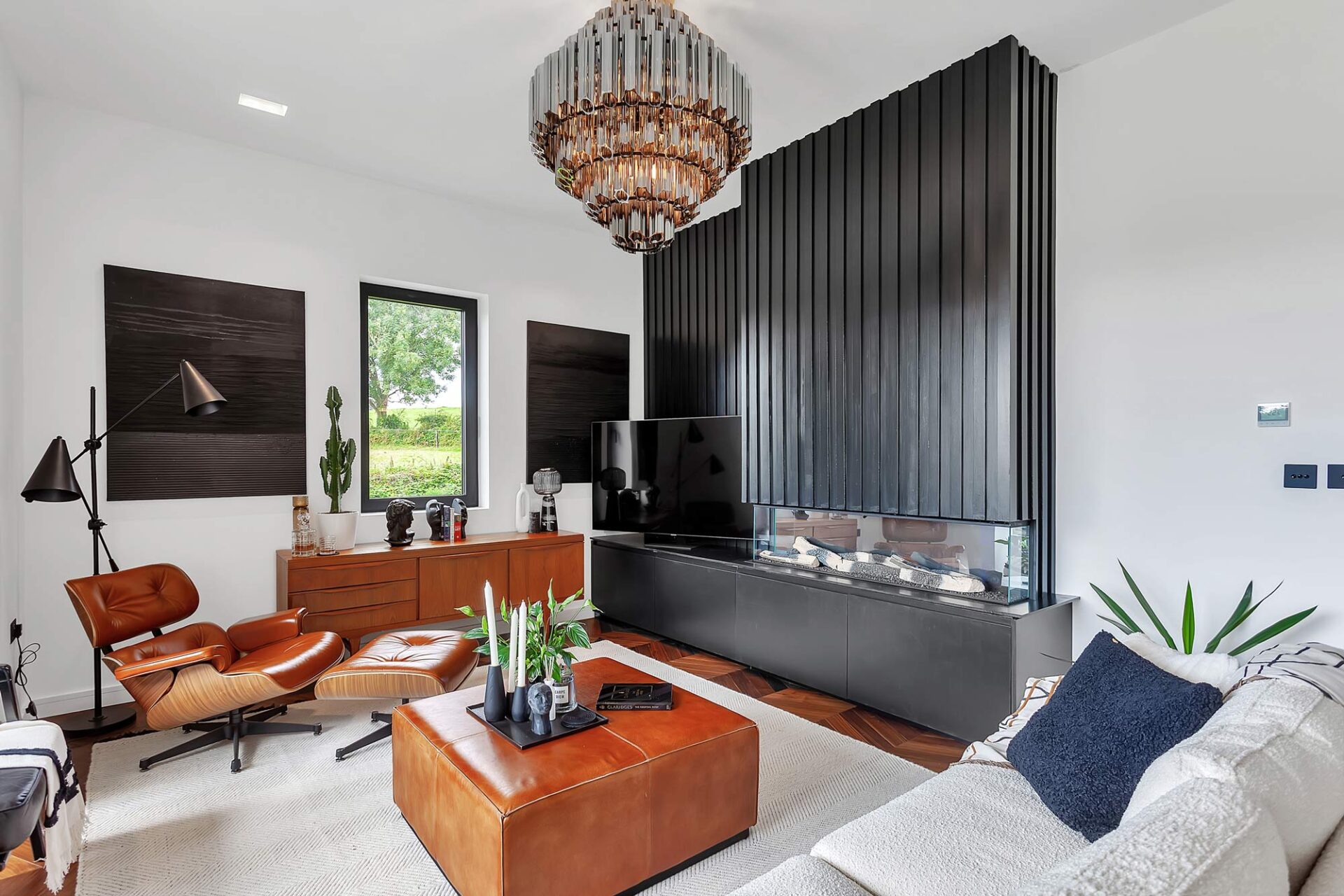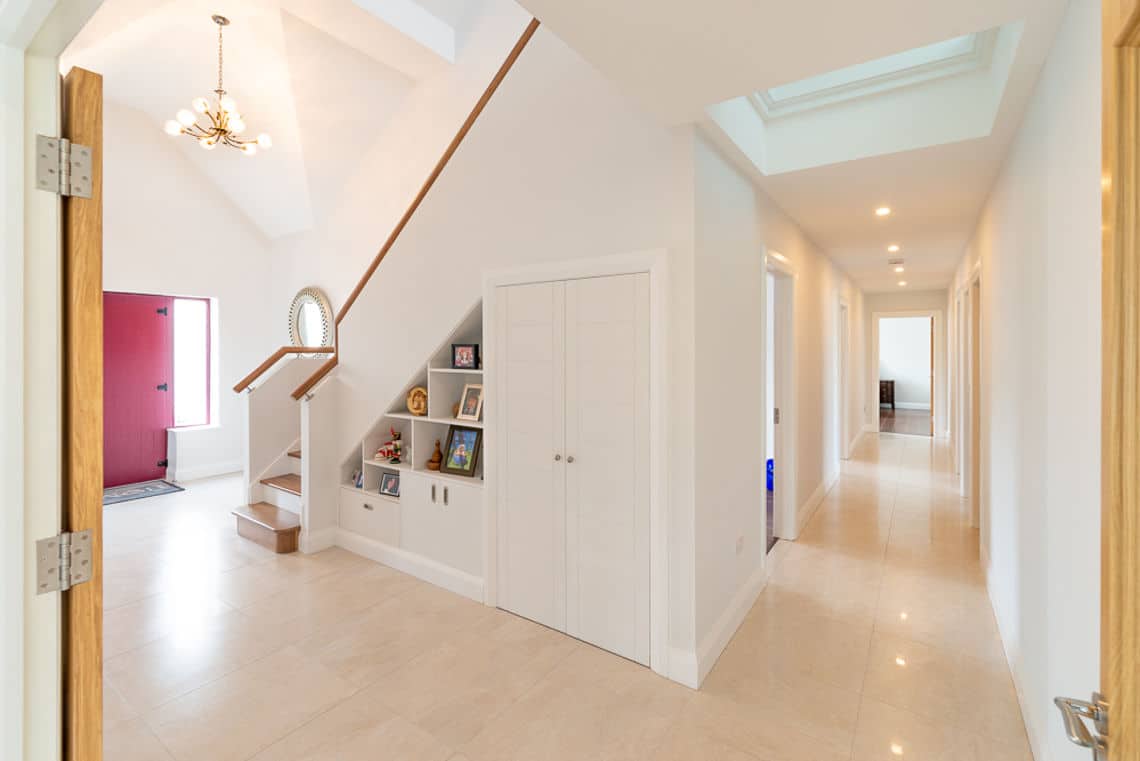In this article we cover:
- What are heating controls
- How heating controls work
- Why heating controls can save you money
- Choosing heating controls based on house type
- Manual vs programmable vs smart controls
- What grants are available
The factors influencing heat and warmth are specific to each human being, depending on age, fitness levels and even moods. Within a single household there may be many different personal requirements.
So when it comes to heat and comfort, it’s not about how sophisticated your heating controls are, it’s more about having the ability to exercise control, and strike a balance between thermal comfort and energy use.
Heating controls have two simple functions, firstly they act as the on/ off switch. Secondly they set the temperature. How well they perform depends when they turn the heating on and off and at what temperature.
Heating controls for different house types
The kind of house you live in will in fact play an important role in your choice of heating controls. As a general rule, the older and more traditional the property and the heating system are, the more the controls should lean towards manual/programmable rather than smart. A simple on/ off programmable control can often present the best method of adjusting internal temperature needs to match comfort levels required in older draughtier homes.
This can sound counter intuitive because an old draughty house would benefit from greater heating control but the smart systems are still not smart enough to account for the multitude of changeable weather conditions that play havoc with temperature control in older houses. The algorithms in smart heating devices have a limited number of variables based on mimicking
occupant preferences and then adjusting internal temperatures to suit. Hence the smart control system could potentially consume more energy as it reacts to every change in internal temperature scenarios.
The modern energy efficient home is better controlled by full smart systems because the indoor climate is less influenced and changed by outside weather conditions. Hence the thermal envelope, i.e. the building’s insulation and airtightness standards should be taken into account before selecting the type of new heating control upgrades.
A cost effective solution in an existing house that has some form of insulation and a compatible condensing gas boiler is to install weather compensation controls that monitor the weather outside via an outdoor sensor and adjusts the temperature of the hot water going to the radiators. If the temperature outside drops then the radiators will run hotter, however if the outside temperature is milder, the control will tell the boiler or heat pump to supply less heat, boosting energy efficiency by up to 15 per cent and extending the life of your heat source.
Opentherm is a standard communication protocol used by boiler and smart thermostat manufacturers so that they will ‘talk to each other’. Both it and weather compensation controls are
only suitable for Natural gas and LPG boilers. A multi zoned system will work with oil, gas or even a heat pump.
Instead of using the external temperature as a reference point you can use the temperature of each room to set the boiler flow and thus the temperature of each radiator – a fully zoned system set up that can work off a heat pump or a modulating controller with compatible gas boiler.
Manual heating controls
Added to heating systems or radiators, manual controls require human input to adjust them, to change set point temperatures or timings and setbacks. The simplest form of manual control is the TRV (thermostatic radiator valve) fitted to most radiators in Ireland. These can be a DIY exercise with minimal cost outlay. It’s always best to set the temperature at the lower levels
first and then raise to meet your minimum comfort level.
It’s rare that manual controls are installed for full heating systems today because programmable and smart heating controls are cost effective. The traditional TRV today comes in a smart version, all installed on a DIY basis, and a multi zoned system can be achieved in any property with the addition of these wireless TRVs to control radiators. Modern wireless systems can integrate multi zoned underfloor heating, radiator and hot water control.
Programmable heating controls
These set the temperature at various times of the day/week/year. They do not respond to outside temperature changes or occupancy levels. Because programmable thermostats are more complex than manual ones to adjust, they tend to get set once and left alone. There are however many two-way communication programmable heating controls which now allow you to turn on/off and reprogramme heating times from your smartphone or other device in real time.
Programmable controls are most easily fitted as a replacement to an existing manual system that has been prewired to a multi zoned heating arrangement. In this instance the costs are usually below €400/£350 and even less if grants and supports are obtained. If you don’t currently have a multi zoned heating system you will have the added cost of electrical wiring and some element of new pump/valve controls needed to bridge the new programme mechanisms to the heating system.
This is an important factor in terms of cost and disturbance and would require advice from a professional.
Smart Heating Controls
Smart heating controls are programmable heating controls with an added layer of automation that relies on complex algorithms to match occupancy habits with setting climate control. Comfort levels are optimised based on preset conditions coupled with occupancy detectors that have software packages that can analyse past habits and predict future behaviour.
These often integrate with ventilation systems but also windows, doors, blinds, home security, carbon monoxide/dioxide detectors, and so on. Smart heating controls can also optimise set points for hybrid systems including back-up energy from renewables such as solar panels, heat pumps and micro-CHP. This is generally a straightforward installation as long as you stick to the one brand.
If you want to add smart controls to your existing heat pump, an electrical professional will need to check the new controls synchronise with the pace of the heat pump’s more gradual and slow temperature response times. The installation of today’s new smart heating controls can be quite cost effective and easy to install, provided you do exactly ‘as it says on the box’. Any deviation from the standard installation to synchronise with different branded heating or hybrid controls can be complex and will likely require new electrical and communication wiring. Again professional advice, particularly electrical, is essential here.
Grants
According to the ROI’s Sustainable Energy Authority of Ireland (SEAI) heating controls that are intuitive to use can save up to 20 per cent of energy in the home. Heating controls upgrade grants are available from the SEAI directly to a maximum value of €700.
In NI and ROI it’s worth checking with your energy supplier as they regularly have incentives for heating control upgrades. They can also provide them on a reduced rate monthly charge, which obviously locks in some customer loyalty and the company can claim energy credits associated with your energy savings.

